Car Air Conditioning
Car air conditioning, often referred to as automotive air conditioning, is a system within a vehicle designed to control the temperature and humidity of the air inside the car’s cabin. It provides a comfortable and controlled environment for the occupants, helping to maintain a pleasant interior temperature even in hot or cold weather conditions. Here is a description of how car air conditioning works and its key components:
- Free Wordwide Shipping
- 30 Days Return
- Member Discount
1. Components of Car Air Conditioning:
- Compressor: The compressor is a vital component of the air conditioning system. It is usually belt-driven by the engine and is responsible for compressing and pressurizing a low-pressure refrigerant gas, turning it into a high-pressure gas.
- Condenser: The high-pressure gas from the compressor flows to the condenser, which is located at the front of the vehicle. The condenser dissipates heat from the hot, high-pressure refrigerant, causing it to condense into a high-pressure liquid.
- Receiver/Drier: This component acts as a filter and a storage container for the liquid refrigerant. It also removes any moisture from the system, ensuring that the refrigerant is as dry as possible.
- Expansion Valve or Orifice Tube: The expansion valve or orifice tube is responsible for reducing the pressure and temperature of the high-pressure liquid refrigerant, causing it to expand and evaporate.
- Evaporator: The evaporator is located inside the car’s cabin, often in the dashboard. Here, the low-pressure, cold refrigerant evaporates, absorbing heat from the surrounding air. This process cools the air in the cabin.
- Blower Fan: The blower fan is responsible for circulating air over the evaporator and through the air vents, distributing the cooled air throughout the cabin.
2. Operation of Car Air Conditioning:
The operation of a car’s air conditioning system involves a continuous cycle of compression, condensation, expansion, and evaporation:
- The compressor takes in low-pressure, gaseous refrigerant from the evaporator and compresses it into a high-pressure gas.
- This high-pressure gas is then sent to the condenser, where it releases heat and turns into a high-pressure liquid.
- The high-pressure liquid travels to the receiver/drier, which filters and stores the refrigerant.
- The expansion valve or orifice tube reduces the pressure of the liquid refrigerant, causing it to expand and evaporate as it enters the evaporator.
- Inside the evaporator, the refrigerant absorbs heat from the cabin air, cooling it down.
- The blower fan circulates the cooled air throughout the car’s interior, providing a comfortable and controlled temperature.

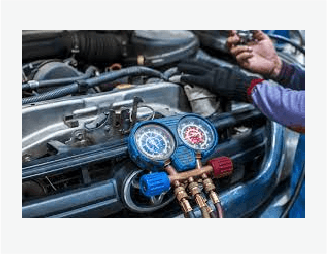
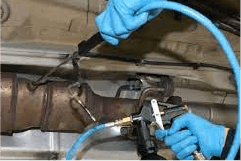



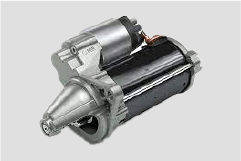
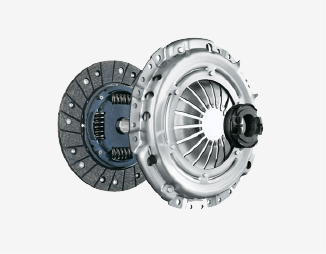
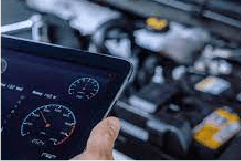
Reviews
There are no reviews yet.